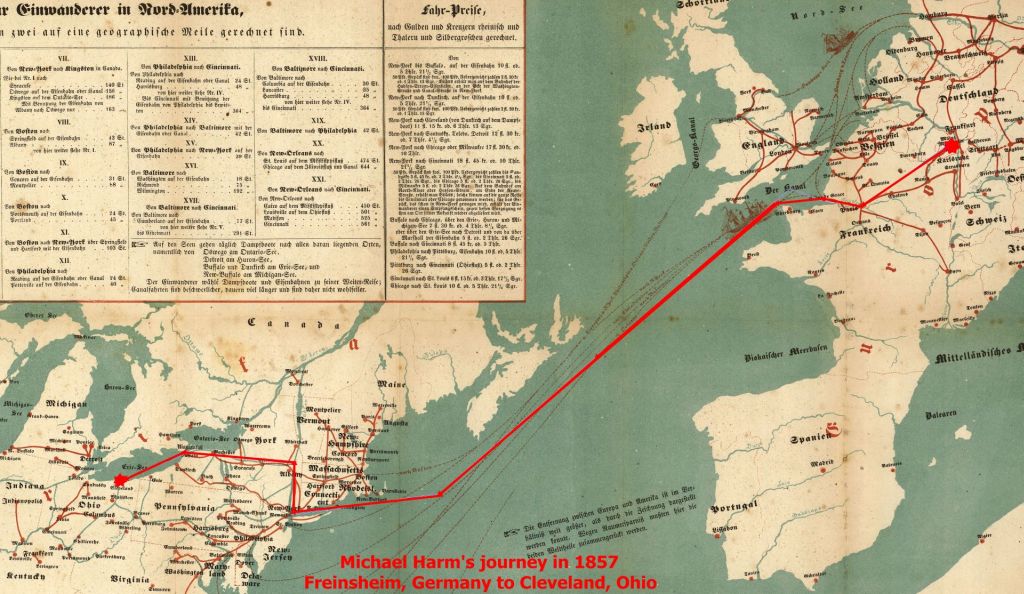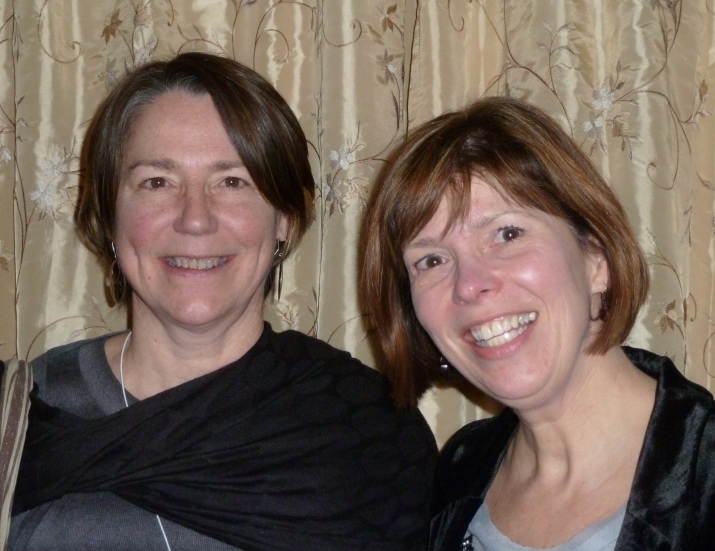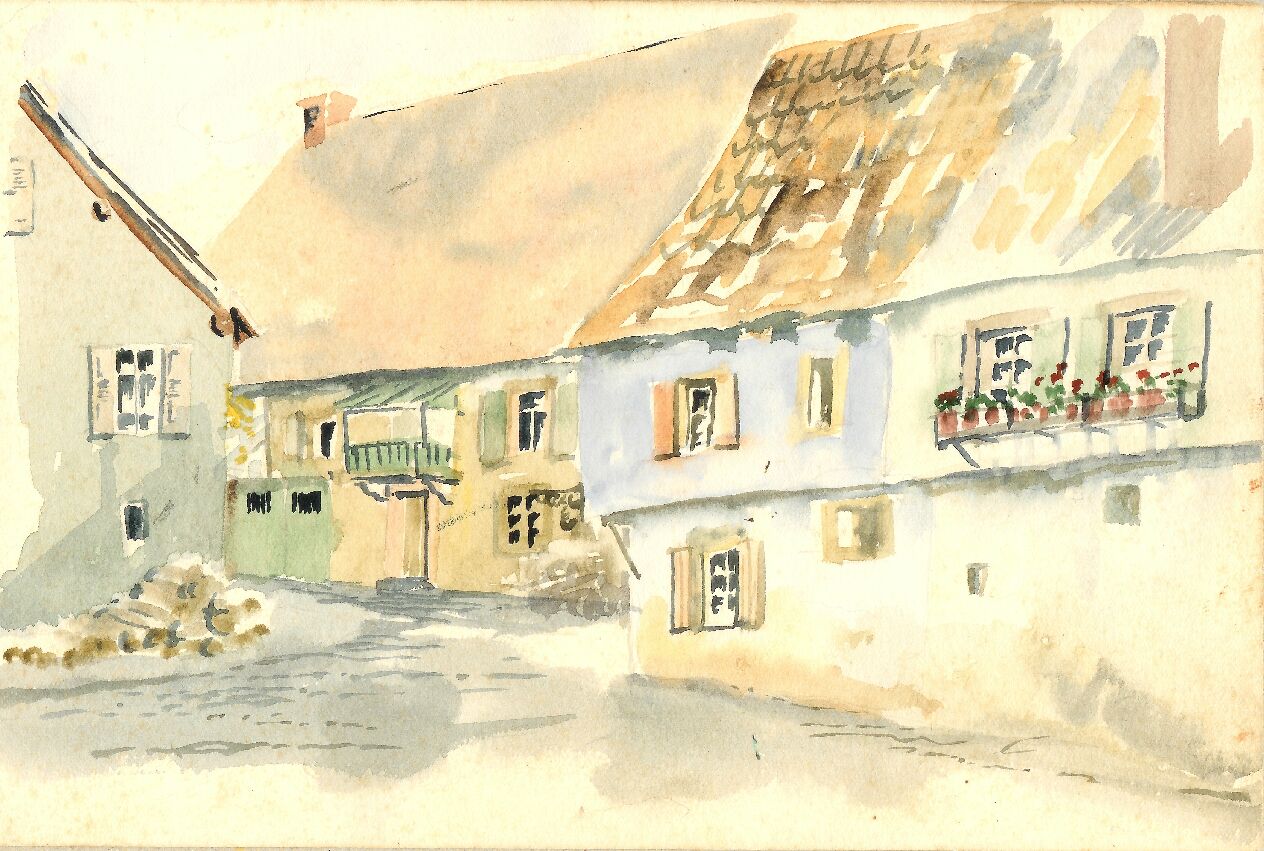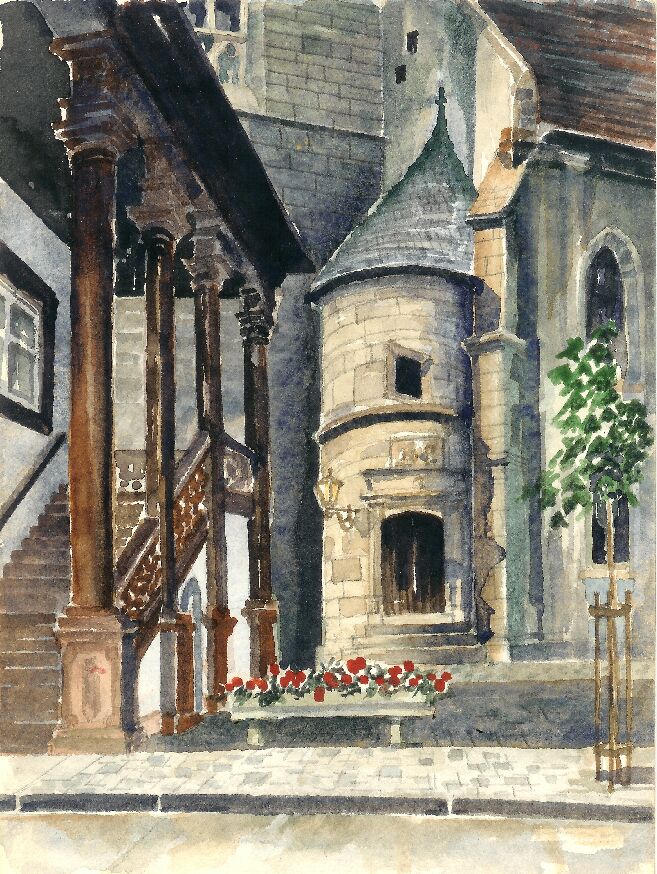I’ve been meaning to learn how to swear in German. Seriously. Yesterday I was stuck because I couldn’t remember where I had read a list of 19th century ethnic slurs against Germans (was it in Dickens’s American Notes? Still at a loss …), so I turned to Google. Some clicking led me to An Encyclopedia of Swearing: the social history of oaths, profanity, foul language, and ethnic slurs in the English-speaking world.
I tried to place a hold at the library, but it was a reference copy, so I hightailed it over there. It wasn’t on the shelf.
“Someone must have stolen it,” the librarian concluded. She’s calling around to other libraries to get me a copy. Meanwhile, I browsed about a yards-worth of reference books on slang and bawdy words, and if I didn’t have this deadline over my head, I could have spent many surreptitious hours.
As it was, I enjoyed a delicious moment with a book called Wicked Words: A Treasury of Curses, Insults, Put-Downs, and Other Formerly Unprintable Terms from Anglo-Saxon Times to the Present (Rawson).
I cannot resist sharing Rawson’s note found under the discussion of the word Twat (female pudendum). “The T-word occupies a special niche in literary history, however, thanks to a horrible mistake by Robert Browning, who included it in ‘Pippa Passes’ (1841) without knowing its true meaning: ‘The owls and bats, / Cowls and twats, / Monks and nuns, / In a cloister’s moods.” Poor Robert! He had been misled into thinking the word meant ‘hat’ by its appearance in ‘Vanity of Vanities,’ a poem of 1660 containing the treacherous lines: ‘They talk’t of his having a Cardinalls Hat, / They’d send him as soon an old Nuns Twat.” (There is a lesson here about not using words unless one is very sure of their meaning.)”
Thank you, Rawson!





